General recommendations avalanches
General recommendations before an avalanche
You can prepare yourself for situations in which heightened avalanche danger prevails by taking special precautions. Taking such action can reduce the risk of injuries to people and damages to buildings or other physical assets.
When engaging in winter sports outside controlled areas
If you engage in activities beyond the boundaries of marked and open pistes, or cross-country ski or hiking trails, you are responsible for your own safety. You are exposed to the danger of avalanches and other Alpine hazards and can trigger avalanches yourself. Taking the following measures can help to reduce the risks of an accident.

Obtain information about current avalanche dangers (www.slf.ch, White Risk App)
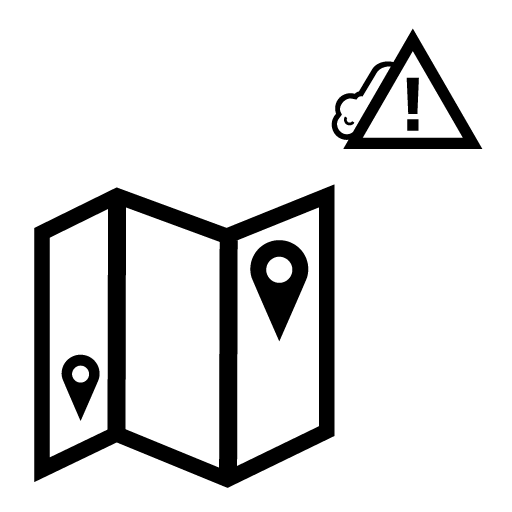
Plan your trip carefully and adapt your behaviour to current conditions.
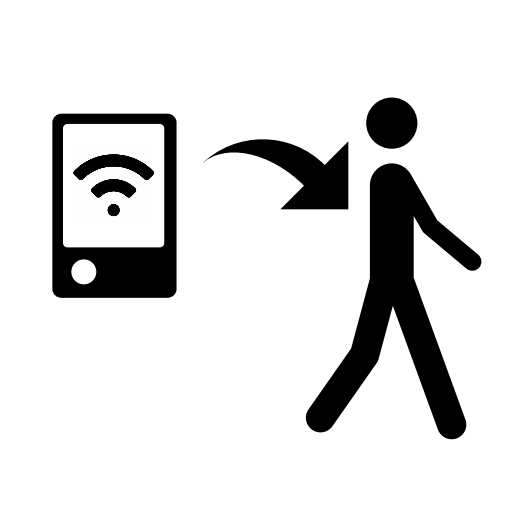
Switch your avalanche transceiver to the 'send' mode; take along an avalanche shovel and probe; be sure that you know how to use this emergency equipment. Wearing an avalanche airbag is also recommended.
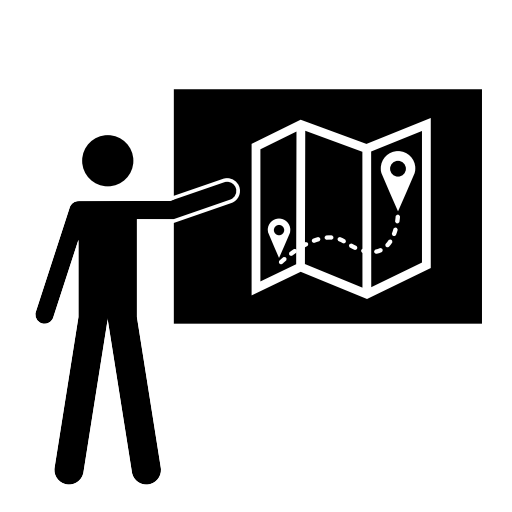
Attend an avalanche course to learn about route planning, terrain and avalanche danger assessment, and companion rescue.
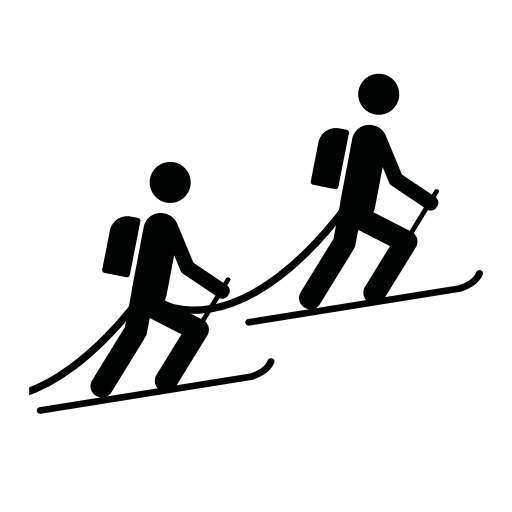
In case of doubt, remain on secured pistes or join a group with a professional guide.
Along transportation routes and in settlements - Before the winter arrives
Ask the district authority or cantonal natural hazards agency whether the building in which you live is exposed to avalanche danger. If you live in a red or blue danger zone, take the precautions described below before the onset of winter.
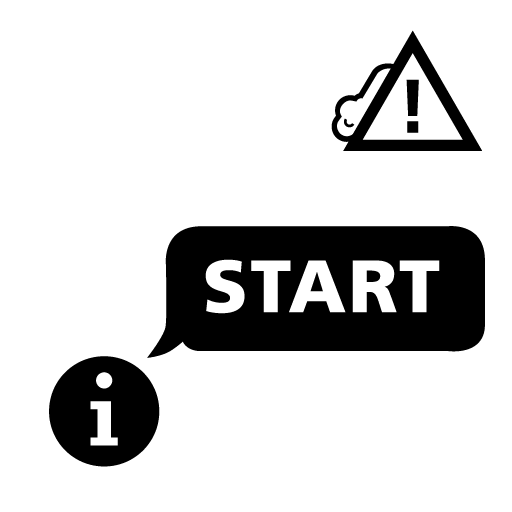
Familiarise yourself with the sources of information concerning current avalanche dangers and with officially prescribed measures: obtain the Internet address and telephone number of the local authority and/or avalanche service, subscribe to text messaging services.
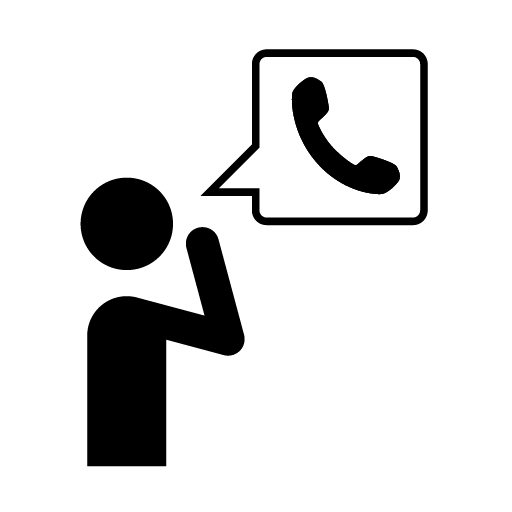
Make certain that you can be contacted by telephone: give your telephone number to the local authority / avalanche service.
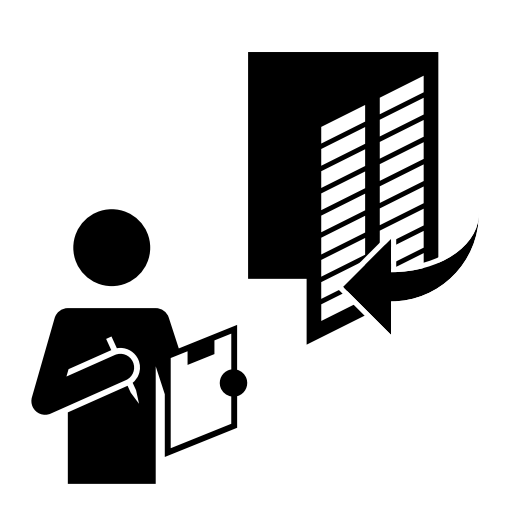
Inspect the means of securing windows and doors, shutters etc.

Make ready rooms on the ground floor / in the basement where you would be able to live for several days.

Make sure that you are able to contact, and receive information from, the authorities from these rooms (telephone, battery-operated radio).

Keep snow clearing tools, torches and replacement batteries ready to hand.
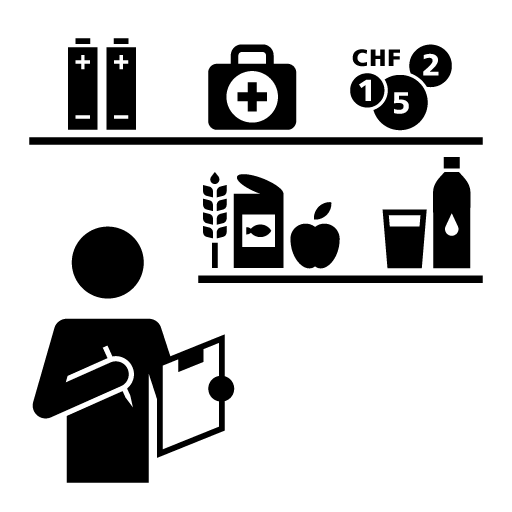
Replenish emergency provisions (guidance of the Federal Office for National Economic Supply).
Along transportation routes and in settlements - In case of an acute avalanche situation
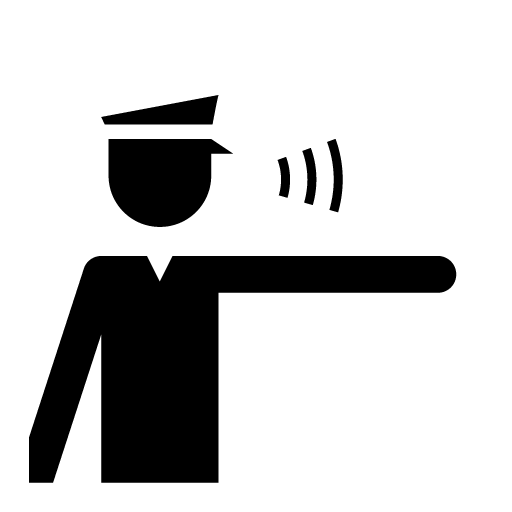
Follow instructions issued by the authorities, respect cordons.
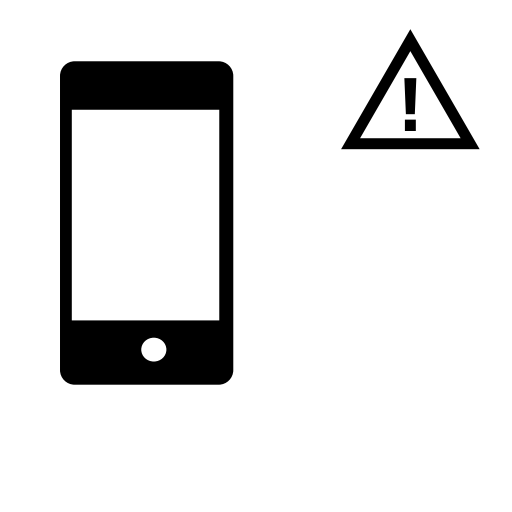
Continuously monitor information concerning the current situation and officially prescribed measures (Internet / radio / text messaging / telephone).
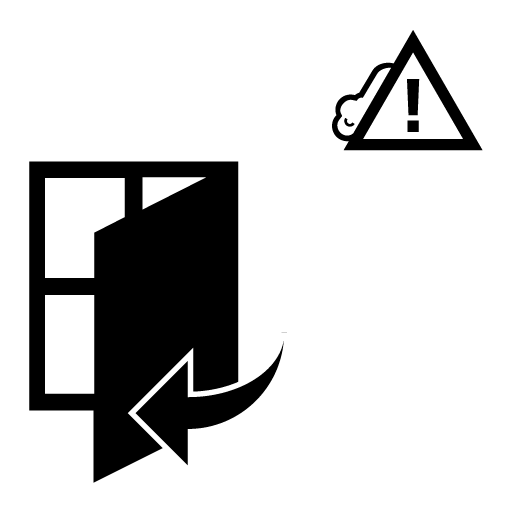
Close window shutters on the side of the building facing the slope and the adjacent sides.
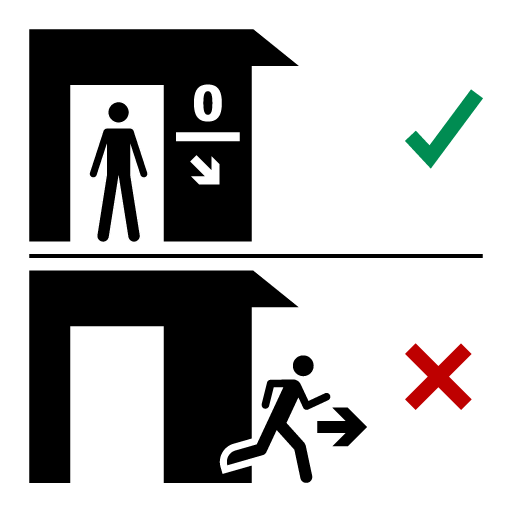
Do not leave the building, stay in the basement / on the ground floor.

Keep a house snow shovel, pickaxe, torch and replacement batteries ready to hand.

Extinguish open fires and flames.
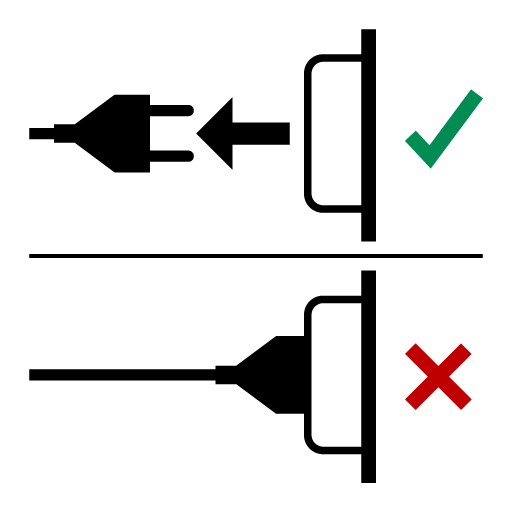
Switch off electrical appliances that you do not need.

Maintain contact with the district authority / avalanche service / police.

Be ready to evacuate.
Any evacuation made necessary by the avalanche danger will be directed and conducted by the local authorities. You can prepare for an evacuation by taking the following action:

Keep warm clothing and sturdy winter footwear ready to hand.

Pack a small rucksack or travel bag with personal necessities.

Gather important documents.
General recommendations during an avalanche
Behaving appropriately during an avalanche can save lives.
When engaging in winter sports outside controlled areas
If you are caught in the avalanche:

Attempt to escape.

Let go of your ski poles.

Inflate airbag if available.

If you are unable to escape the avalanche, place your hands over your face in order to keep airways free.
If you are not caught in the avalanche:

Carefully observe the avalanche event and the persons caught (note the last seen point).

Pay attention to your own safety and be aware of the danger of secondary avalanches.

Raise the alarm by telephone (REGA air rescue 1414, paramedic assistance 144, emergency services 112).

Initiate companion rescue.
On transportation routes

Pay attention to your own safety.

Drive away from the avalanche.

Do not leave the car.

Stop outside the danger area.
In settlements

Pay attention to your own safety.
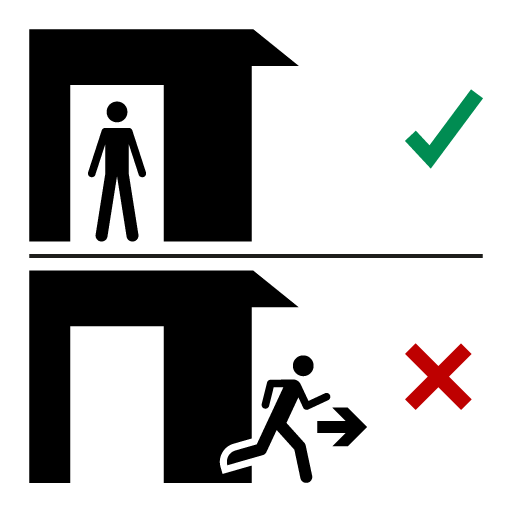
Do not leave the building.

Await official announcements in a safe place on the valley side of the ground floor or basement.

If you are outdoors: seek protection inside or (in the flow direction of the avalanche) behind a building.
General recommendations after an avalanche
The lives of people buried by an avalanche are in immediate peril. They must be rescued as quickly as possible.
When engaging in winter sports outside controlled areas
If you are buried:

Use your hands to protect airways.

Stay calm.

Free yourself if possible.
If you are not caught in the avalanche:

Pay attention to your own safety and be aware of the danger of secondary avalanches.

Raise the alarm by telephone (REGA air rescue 1414, paramedic assistance 144, emergency services 112).

Companion rescue: look for signs and listen for sounds of buried victims, and establish their location with an avalanche transceiver.

Dig out buried victims as quickly as possible.

Administer first aid: take life-saving immediate action according to BLS (Basic Life Support), protect injured victims against hypothermia.
On transportation routes

Pay attention to your own safety and be aware of the danger of secondary avalanches.

Stop outside the danger area.

Raise the alarm by telephone (police 117, paramedic assistance 144, REGA air rescue 1414, emergency services 112).

Follow instructions issued by the emergency services.

If possible, establish location of buried victims, dig them out and administer first aid.
In settlements

Pay attention to your own safety and be aware of the danger of secondary avalanches. Be aware of the danger of damaged buildings collapsing.

Raise the alarm by telephone (police 117, paramedic assistance 144, emergency services 112, local avalanche service).

Follow instructions issued by the emergency services.

Take action to minimise consequential damage (e.g. caused by melt water).

Report damage to the buildings and contents insurers as soon as possible.

Make a record of the damage if possible.

Do not remove damaged parts of buildings, fixtures, fittings or furniture until they have been inspected by the insurance experts (except for immediate action to prevent consequential damage).
